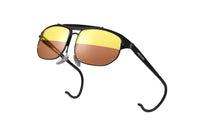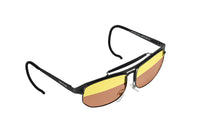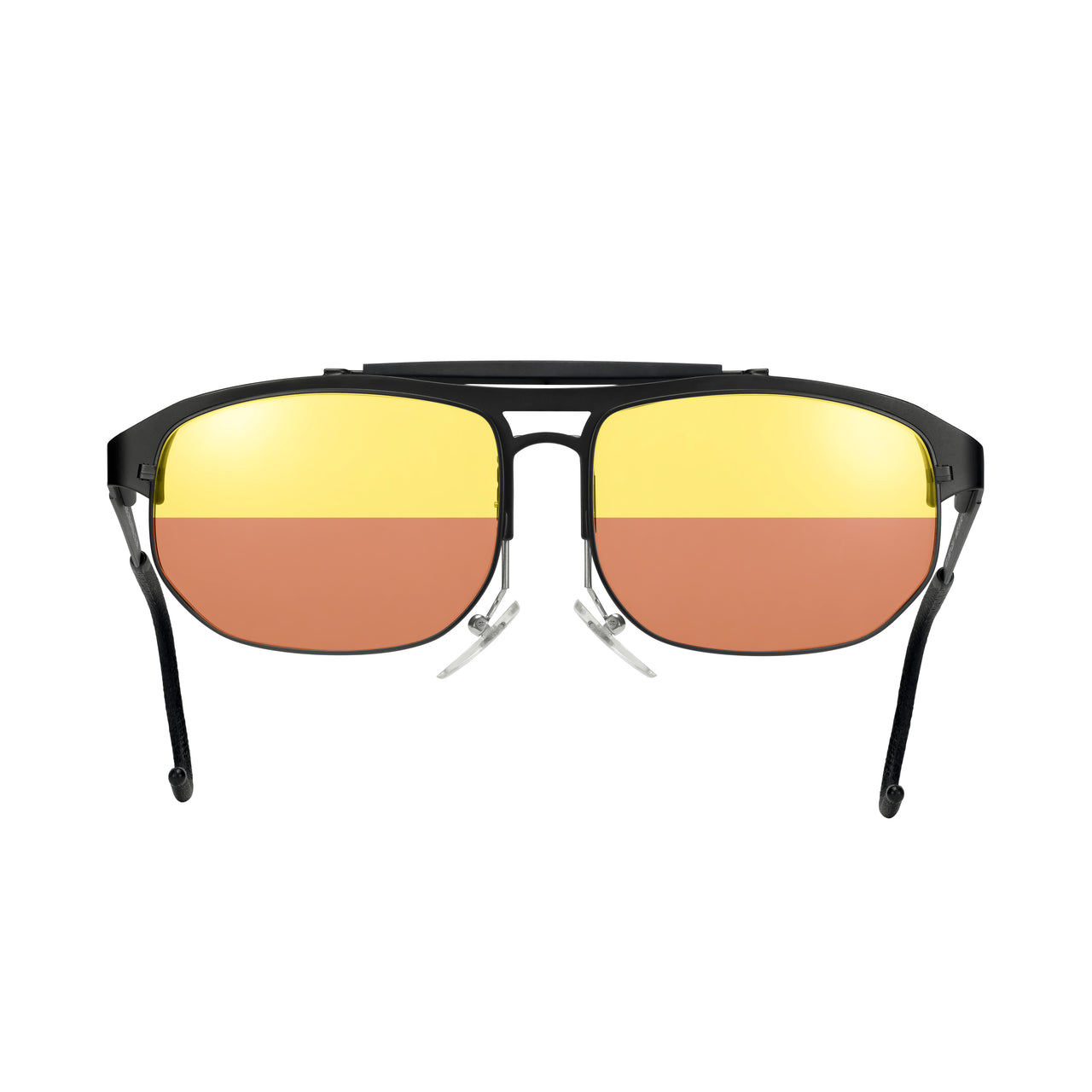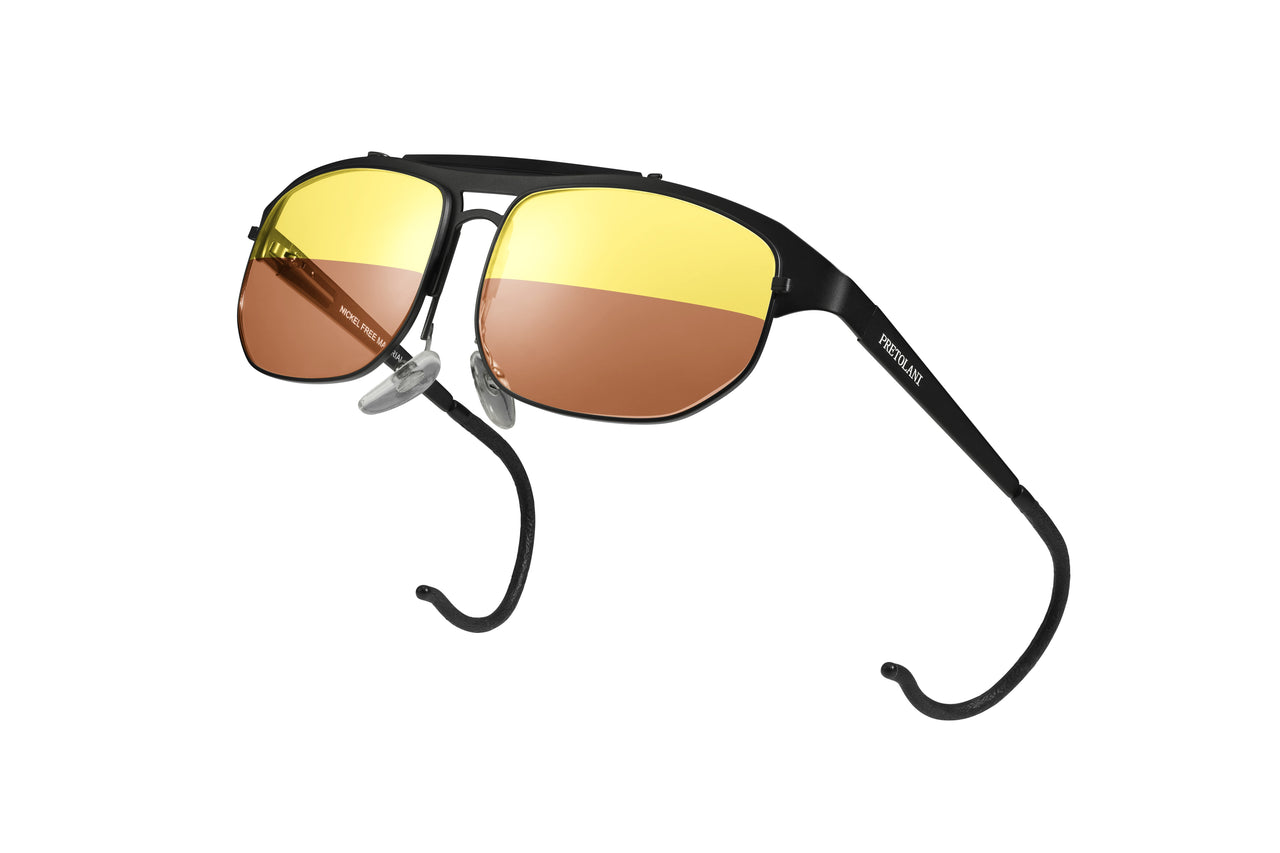Competition shooting is in a boom period, with the last few years perhaps giving the sport its biggest spotlight in decades and inviting a growing number of people to don their shooting glasses and try it for themselves..
What helped this was the 2024 Olympic Games in Paris, which led to both viral moments and some excitable discussions surrounding the full complement of events from air pistol to outdoor clay shoots.
Everything from Yusuf Dikec’s silver medal run whilst wearing no perceptible gear to the tremendous popularity of the record-breaking Kim Yeji has led to discussions about eyewear and why some shooters wear highly customised shooting glasses with different lenses.
Contrary to popular belief, none of the lenses are magnifiers, which are banned by the International Shooting Sport Federation, but instead are used to either assist the dominant eye during fast-paced shooting rounds, avoid distractions or to block out glare.
Most competition shooters will wear shooting glasses to reduce glare and correct ametropia, an extremely common eye condition where the eye does not focus properly on light rays and can cause slight vision distortion.
Competition glasses are designed to be highly customisable, and every shooter who uses them will often use different parts or adjusted settings to correct their own slight vision issues, but there are generally three main accessories aside from the lens that are used to help with shooting and target practice.
The first of these is a mechanical iris, which works like the iris diaphragm found on a camera lens to reduce the effects of distorted reflections and improve the depth of field around the eye.
As well as this, many lenses also have a coloured disk that helps to enhance the contrast of particular targets to make it easy to distinguish them.
Finally, there is a semi-transparent occluder, which helps to reduce eye fatigue of the non-dominant eye by allowing it to stay open but stopping it from being distracted by sights outside of a shooter’s target field of vision.











